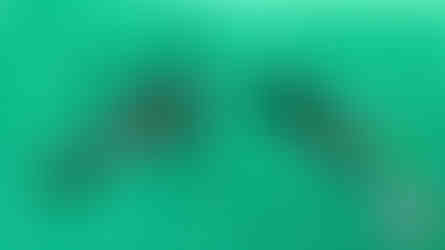Detailing 1/700 Helicopters
- Mido
- Aug 20, 2022
- 2 min read
One way to take your ship models to the next level is to pay attention to its embarked aircraft. Aircraft carriers and amphibious ships are great examples. It is often the case that the work gone into the airwing is more impressive than the work gone into the ship! But other classes of ships also embark aircraft. My Oliver Hazard Perry-class kit came with a variety of goodies including two helicopters, an older SH-3 Sea King and a more modern SH-60. Now I'm going to share how I detail paint them.
Pre-shading
It all starts with a black primer, and in this case I airbrushed on Vallejo's Black Surface Primer (73.602). The primer serves as a nice surface to paint on, and because it is black, it doubles as a pre-shading base. For the highlights, I used White (70.951) mixed with Glaze Medium (70.596) and applied it to the center of panels by brush.
Editor's note: Vallejo acrylic paints were used for the entirety of this build except where noted.
Painting
I painted the helicopters a custom mix of 50% Light Sea Grey (70.973) and 50% Sky Grey (70.989) thinned with Airbrush Thinner (71.161). It took several passes to build up the color to the point where I was happy. Once the main color was on, I took out a detailing brush and painted the rotors German Grey (70.995), rotor hubs Natural Steel (70.864), and tires Dark Rubber (70.306). I didn't take any special care to thin the paint for these details beyond dipping the brush in water. However, for the windows, I made sure to thin my preferred color, Luftwaffe Uniform WWII (70.816), with a little more water than usual. I find it easiest to paint the windows when the paint can flood into the recesses.
Finishing
At this point the helicopters were looking pretty good, but there were a few more enhancements that could really bring them to life. For example, the kit came with a few decals. Because they were so small, I skipped the customary gloss varnish and applied them straight to the base paint. However, when the decals set, I did follow things up with a protective layer of gloss varnish (Pledge Floor Care). After all, there was still an oil pin wash and filter to apply!

Panel lining on these two helicopters was a relatively straightforward process. I took a dab of Winsor & Newton's Winton Oil Color Black, and a dab of White, and mixed them both in a bottle cap. To create a wash, I used Gamblin's Gamsol odorless mineral spirits as a thinner. A fine 0-brush was used to carefully deposit the wash into the recesses of the helicopters. I also lightly and unevenly added the wash outside of the crevices to act as a filter. Cotton buds were used to clean up any excess.

Final thoughts
There you have it! A few extra steps can easily bring out a lot more detail and visual interest in 1/700 aircraft. Even if you don't use all of the processes discussed here, such as pre-shading and panel lining, I hope you have seen how these techniques add value individually and collectively.
Thanks for reading,
Mido
Contact the author: mido@igluemodels.com or on IG and Twitter @igluemodels






















Comments